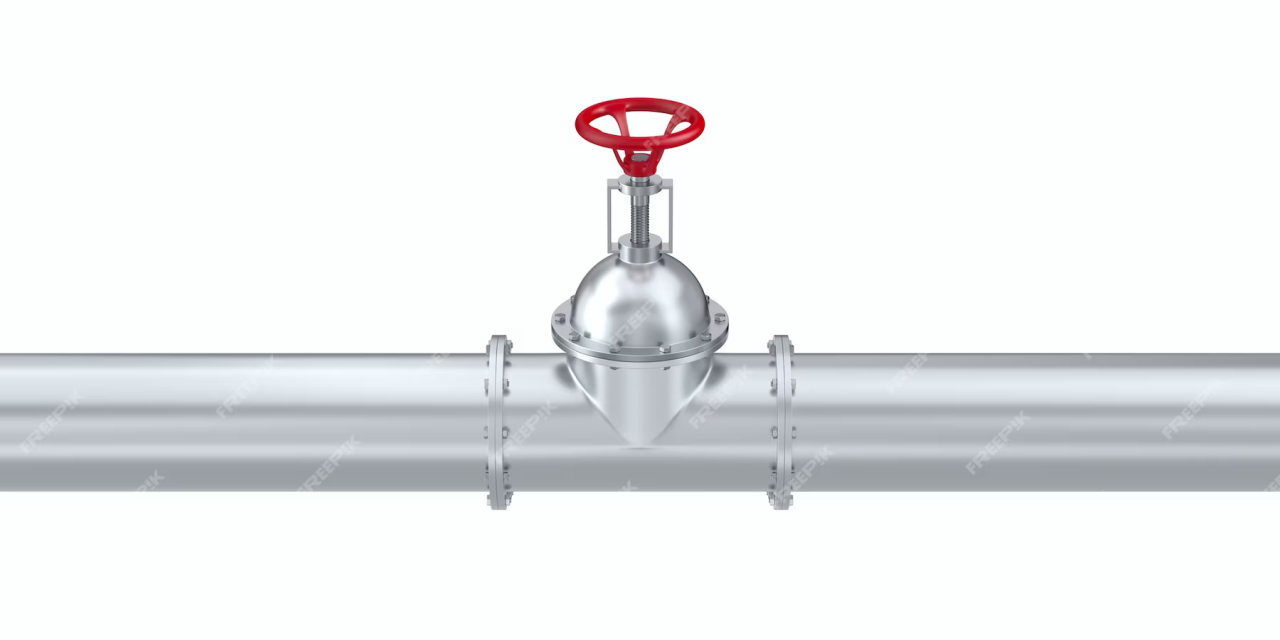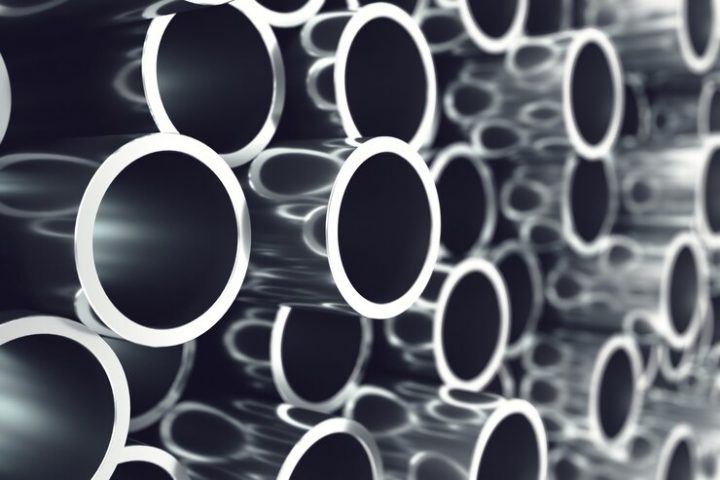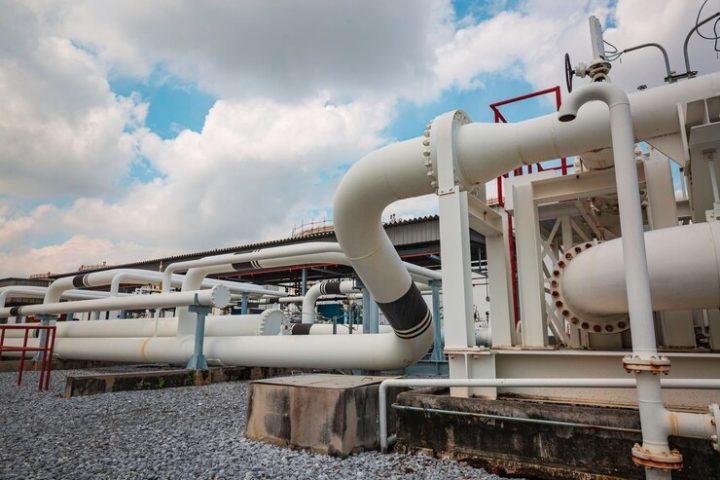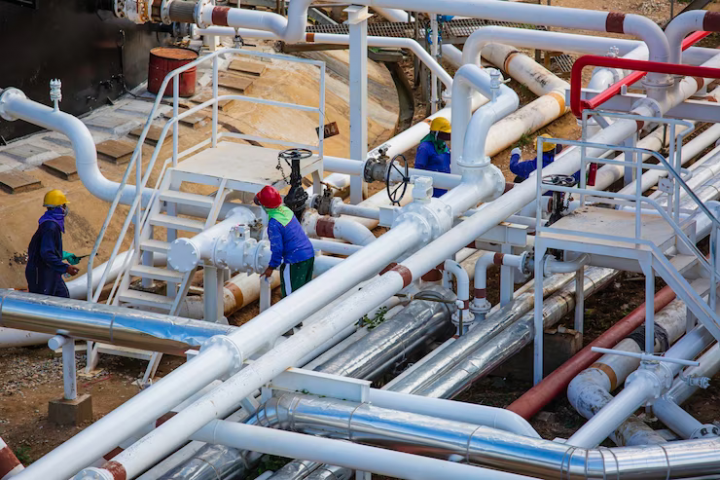When embarking on plumbing projects, the right pipe fittings are essential for ensuring the integrity and functionality of your system. Whether you’re a seasoned plumber or a DIY enthusiast, understanding the various types of fittings and their applications can make your work more efficient and reliable. Here are some must-have pipe fittings for your plumbing projects:
1. Elbows (90-degree and 45-degree)
Application: Elbows are used to change the direction of the flow in piping systems.
Details:
– 90-Degree Elbow: This fitting is one of the most common and is used when a sharp change in direction is required. It’s perfect for turning the flow of water around corners or obstacles.
– 45-Degree Elbow: This elbow offers a gentler turn compared to the 90-degree version and is used where a smoother transition is needed, helping to maintain better flow dynamics and reduce pressure loss.
Materials: Available in copper, PVC, CPVC, brass, and galvanized steel, making them versatile for different types of piping systems.
2. Tees (Equal and Reducing)
Application: Tees are used to split or combine flow in plumbing systems.
Details:
– Equal Tee: This fitting has three openings of the same size, allowing for the equal distribution of flow.
– Reducing Tee: Features different sized openings, facilitating the mixing or diversion of flow between pipes of varying diameters.
Materials: Typically made from copper, PVC, CPVC, brass, and galvanized steel, suitable for various plumbing systems.
3. Couplings
Application: Couplings are used to connect two pipes of the same or different diameters.
Details:
– Straight Coupling: Connects two pipes of the same diameter.
– Reducing Coupling: Connects pipes of different diameters, allowing for the seamless transition from one pipe size to another.
– Slip Coupling: Provides an easy solution for repairing a section of pipe without extensive disassembly.
Materials: Found in materials such as copper, PVC, CPVC, and brass, depending on the type of pipes being connected.
4. Unions
Application: Unions are similar to couplings but are designed to allow easy disconnection and reconnection of pipes.
Details: Unlike couplings, unions can be easily unscrewed, making them ideal for areas that may need maintenance or future modifications. They consist of three parts: a nut, a female end, and a male end, which can be tightened or loosened without rotating the pipes.
Materials: Typically available in brass, copper, galvanized steel, and plastic.
5. Adapters
Application: Adapters are used to change the type of connection at the end of a pipe.
Details:
– Male Adapter: Features male threads on one end and a plain end on the other.
– Female Adapter: Features female threads on one end and a plain end on the other.
These fittings are crucial for transitioning from pipes to different types of fittings or equipment.
Materials: Commonly made from copper, PVC, CPVC, and brass.
6. Bushings
Application: Bushings are used to connect pipes of different diameters by reducing the diameter of a pipe fitting.
Details: They are inserted into a larger fitting to receive a smaller pipe. Bushings help in maintaining a secure and leak-free connection while allowing for a change in pipe size.
Materials: Typically made from materials such as brass, copper, PVC, CPVC, and galvanized steel.
7. Caps and Plugs
Application: These fittings are used to close the end of a pipe, effectively stopping the flow.
Details:
– Cap: Fits over the end of a pipe.
– Plug: Fits into the end of a pipe.
Caps and plugs are essential for temporarily or permanently closing off sections of a plumbing system.
Materials: Available in a variety of materials including PVC, CPVC, brass, copper, and galvanized steel.
8. Nipples
Application: Nipples are used to connect two other fittings or lengths of pipe.
Details: They are short lengths of pipe with male threads on both ends. They can be used to extend pipe runs or to connect different types of fittings together.
Materials: Typically found in brass, galvanized steel, stainless steel, and plastic.
9. Valves (Ball, Gate, and Check)
Application: Valves are essential for controlling the flow of water within a plumbing system.
Details:
– Ball Valve: Uses a rotating ball with a hole through it to control flow. It’s highly durable and offers a reliable shutoff.
– Gate Valve: Uses a flat gate to control flow. It’s suited for on/off control without regulating flow.
– Check Valve: Allows flow in one direction only, preventing backflow. It’s crucial for systems where backflow could cause damage or contamination.
Materials: Usually made from brass, stainless steel, PVC, and CPVC.
10. Wyes
Application: Wyes are used in drainage systems to join three pipes together.
Details: They have a Y shape, which allows for a smoother flow compared to tees, reducing the risk of clogs and backups.
Materials: Commonly available in PVC and ABS for drainage applications.
Conclusion
Selecting the right pipe fittings is crucial for the success of any plumbing project. Each type of fitting serves a specific purpose, ensuring that your plumbing system operates smoothly and efficiently. Whether you’re working on residential, commercial, or industrial plumbing, having a good understanding of these essential fittings will help you achieve a high-quality and reliable installation. By choosing the appropriate materials and designs, you can ensure the longevity and functionality of your plumbing systems. For reliable and high-quality pipe fittings, consider sourcing from reputable manufacturers and suppliers listed on Enggpro.



